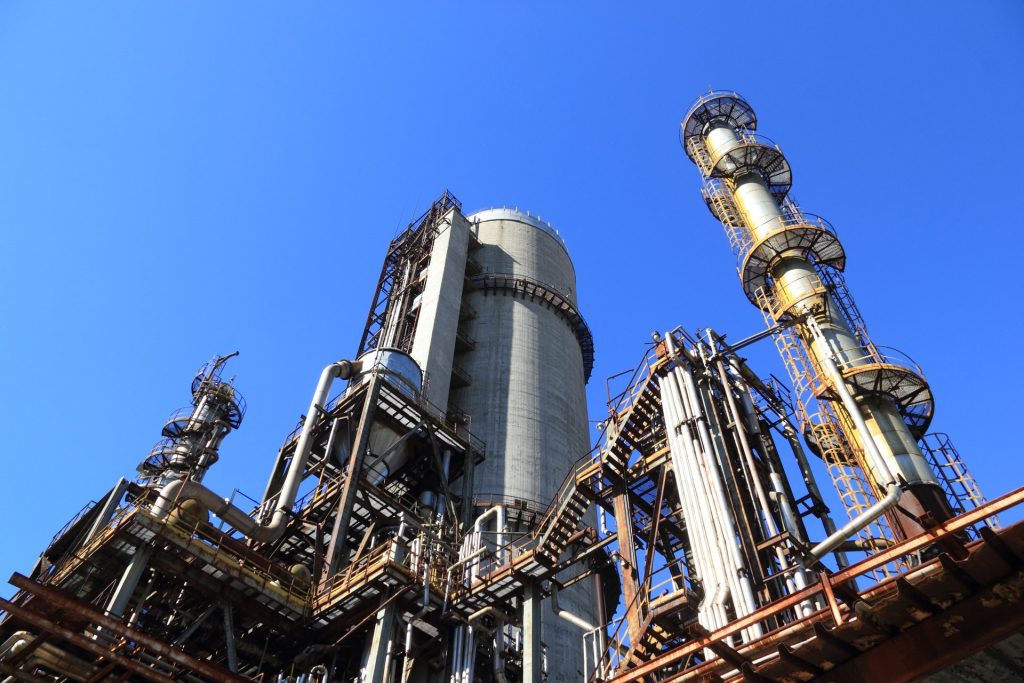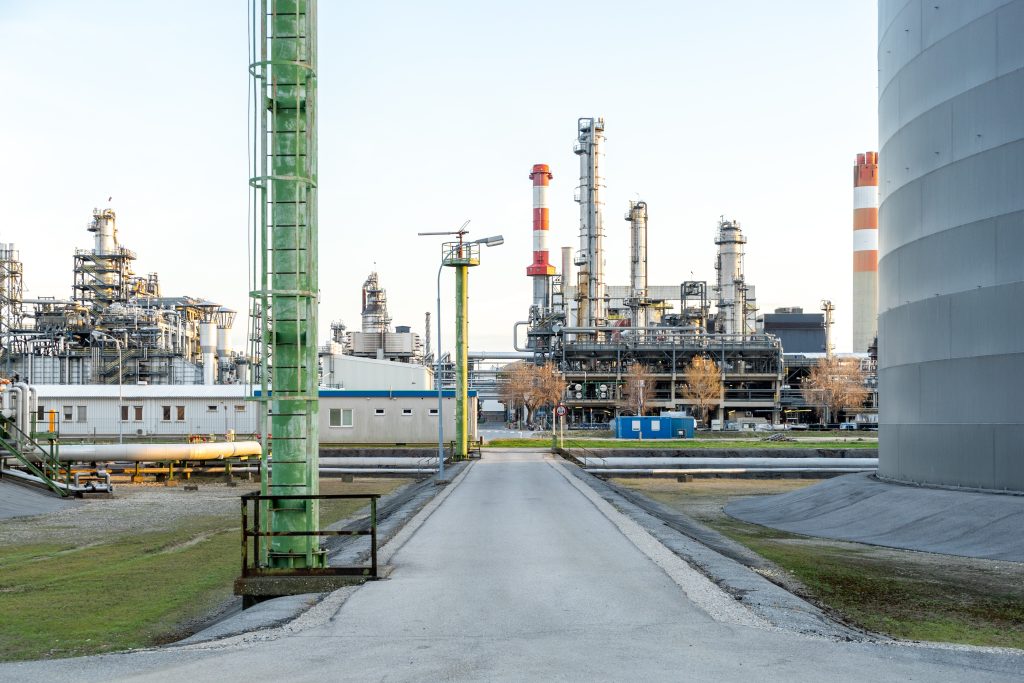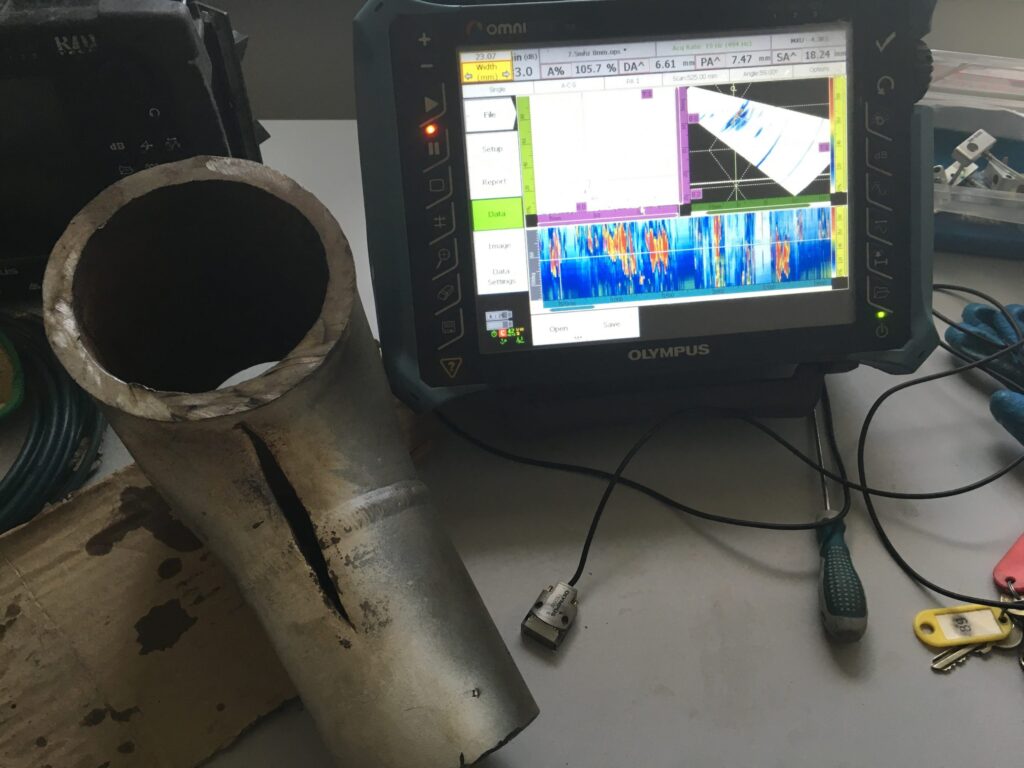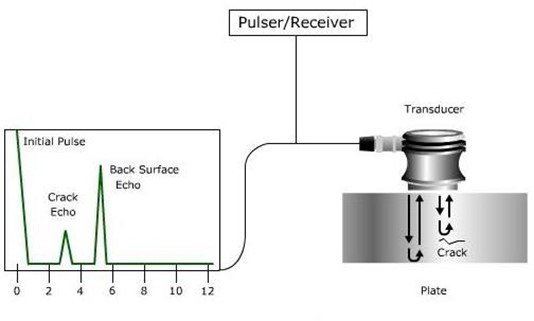Where is NDT used? Industries

Non-destructive testing (NDT) is a type of testing that is used to evaluate the properties of a material, component, or system without causing damage or alteration to the object being tested.

NDT is commonly used in a variety of industries, including aerospace, manufacturing, construction, energy, and transportation.
In the aerospace industry, NDT is used to inspect aircraft components and structures for defects that could affect the safety and performance of the aircraft.
In manufacturing, NDT is used to inspect products during the manufacturing process to ensure that they meet the required specifications and are free of defects.
In construction, NDT is used to inspect the quality and integrity of construction materials and the structural integrity of buildings and other structures.
In the energy industry, NDT is used to inspect the integrity of pipelines and power plants, and in the transportation industry,
NDT is used to inspect the structural integrity of bridges and roads.
Types of NDT
There are many different methods and techniques used in NDT, each of which is well-suited to certain types of materials and defects. Some of the most common methods include:
- Visual inspection: This method involves the use of the naked eye or magnifying instruments to inspect the surface of an object for defects.
- Ultrasonic testing: This method uses high-frequency sound waves to detect defects within a material or component.
- Radiographic testing: This method involves the use of X-rays or gamma rays to create an image of the internal structure of an object.
- Magnetic particle testing: This method involves the use of a magnetic field to detect surface and slightly subsurface defects in ferromagnetic materials.
- Eddy current testing: This method uses an electromagnetic field to detect defects in conductive materials.
NDT is an essential tool for identifying and addressing potential problems before they can cause serious damage or failures. Its non-destructive nature makes it a valuable asset for a wide range of industries, as it allows engineers and technicians to evaluate the condition of materials and components without causing any damage.
In addition to its practical applications, NDT is also an important field of study in its own right.
Engineers and technicians who specialize in NDT must have a strong understanding of the principles of physics and materials science, as well as the various methods and techniques used in NDT. They must also be skilled in the use of specialized equipment and software, and must be able to interpret and analyze test results to make informed decisions about the condition of materials and components.
Overall, NDT plays a vital role in ensuring the safety, reliability, and quality of a wide range of products and structures. Its non-destructive nature makes it a valuable tool for identifying and addressing potential problems, and its importance will only continue to grow as the demand for safe and reliable products and infrastructure continues to increase.





Responses